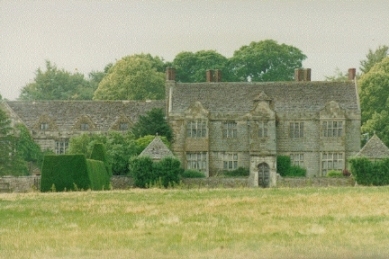The 1901 Censuses of England, Wales and Scotland reveal that there were nearly 15,000 Goddards living in those countries at that time, the vast majority residing in England with representation in virtually every county.
Since the formation of the Goddard Association of Europe in 1985, research has been carried out into the origins of many of these families and much of this has been published in the form of monographs available on CD (see Publications). The widespread membership of the Association makes it likely that new members will be able to find links to their distant cousins and to this end the Research Coordinator will provide his assistance. The databases that are provided in the Members Only section of this website represent a fraction of the total material available to members; more on-line databases will be added and an announcement will appear in the Newsletter as each new one is made available.
One of the best known and perhaps most researched branches of the family to date, the North Wiltshire Goddards, can trace their descent from 1370 when they were given Upham House and Aldboune Chase by John of Gaunt. But Goddards had been in the area before this as Walter de Godarville was appointed Castellan of Devizes Castle in 1231.
This branch of the family typifies what is thought of as the English landed gentry, marrying into many of the families on the fringes of court and sending their sons into the army, the church, parliament and the law. Not all Goddards of course had the benefit of Royal patronage, many were farmers and merchants, but most were probably simple peasants. The GAE is interested in them all, whether they were Sheriffs of London, Attorney Generals or Paupers.
|
Upper Upham Manor House, Wiltshire, England, |
